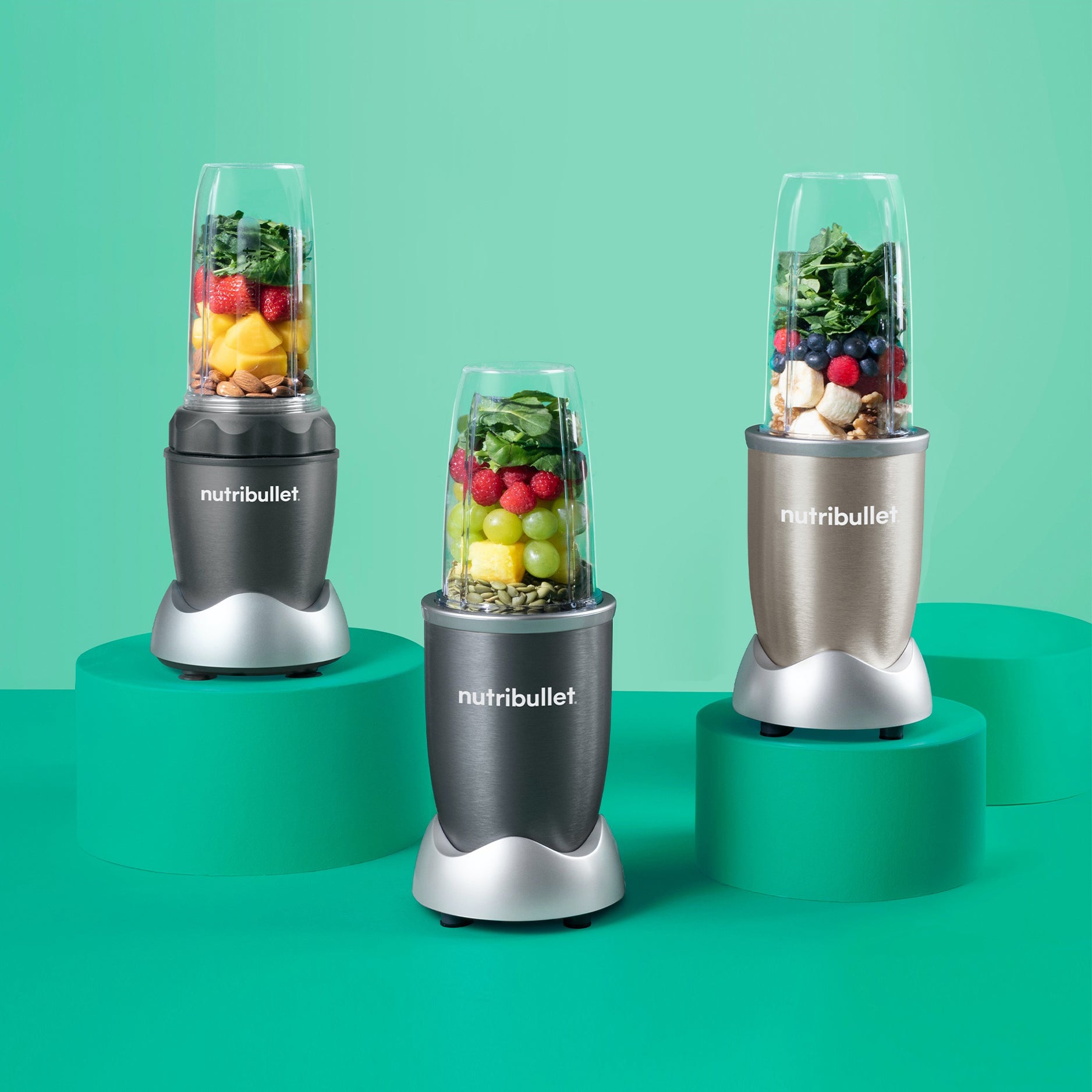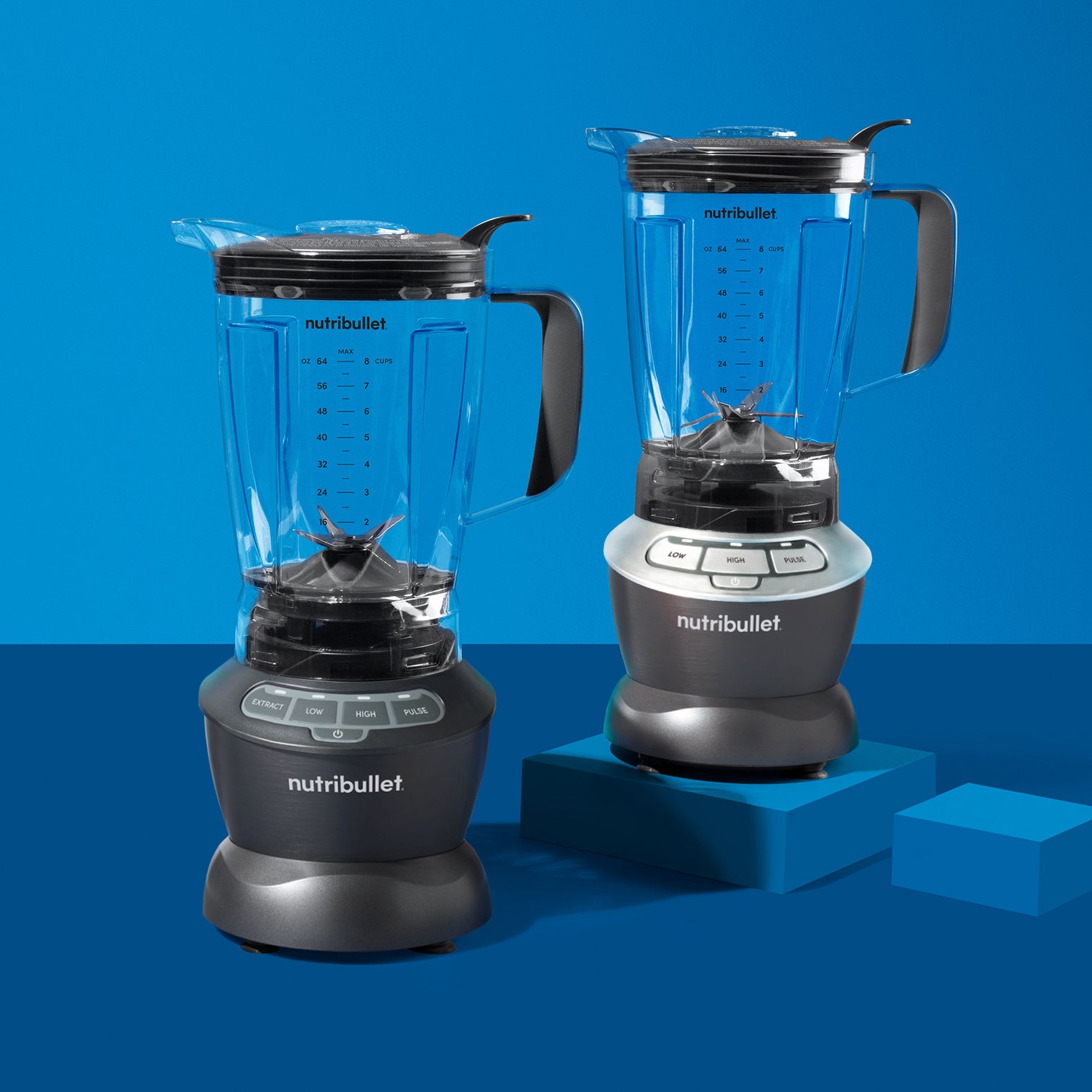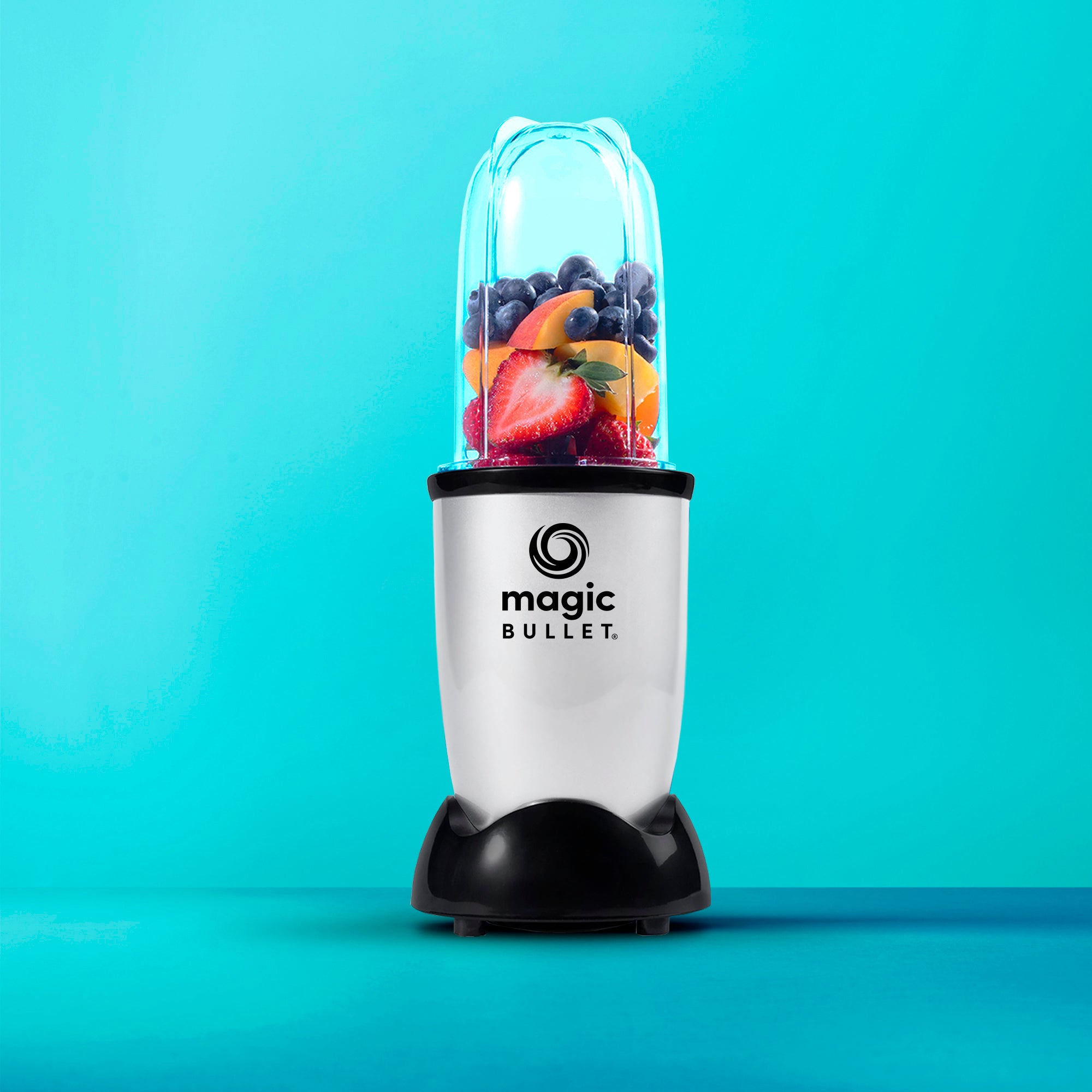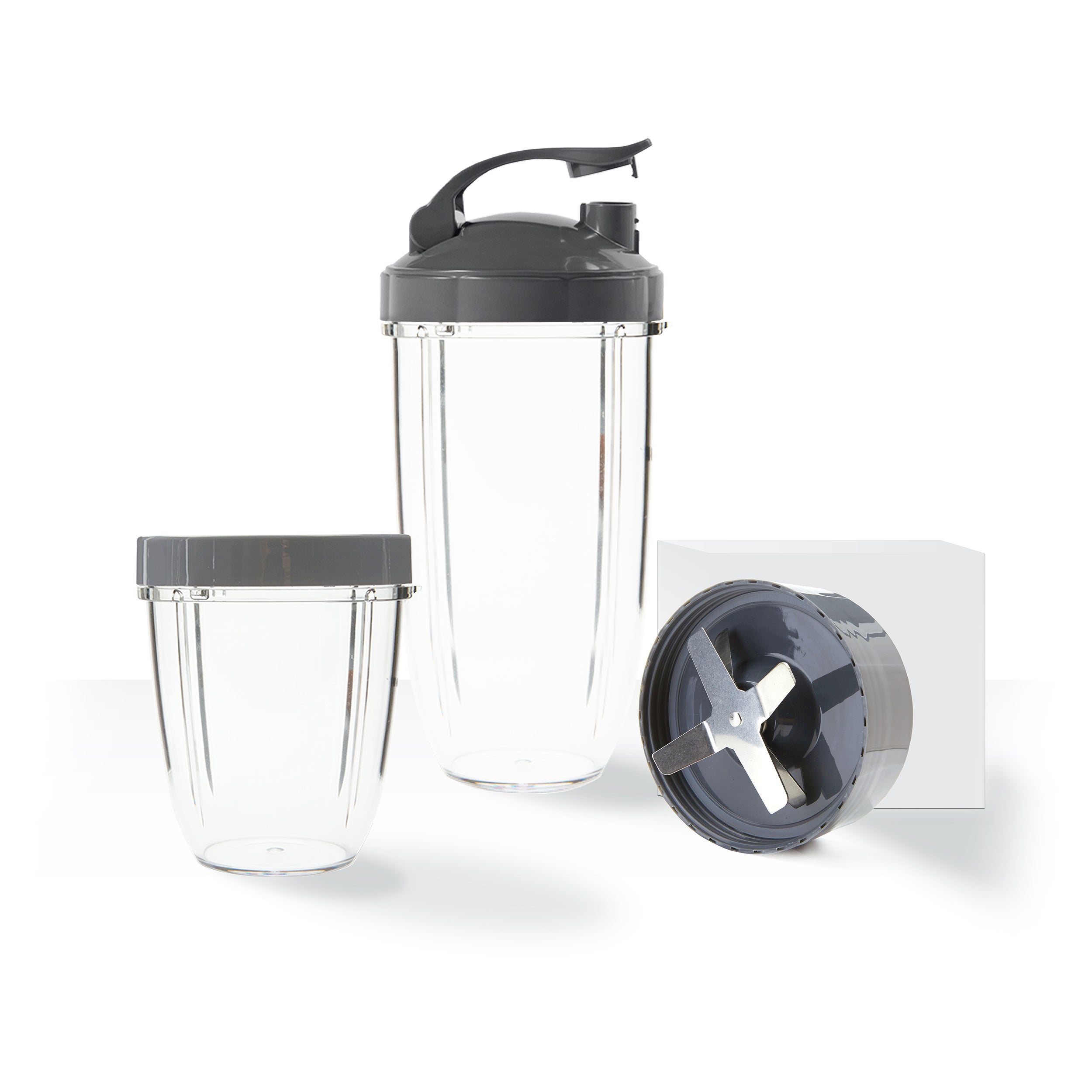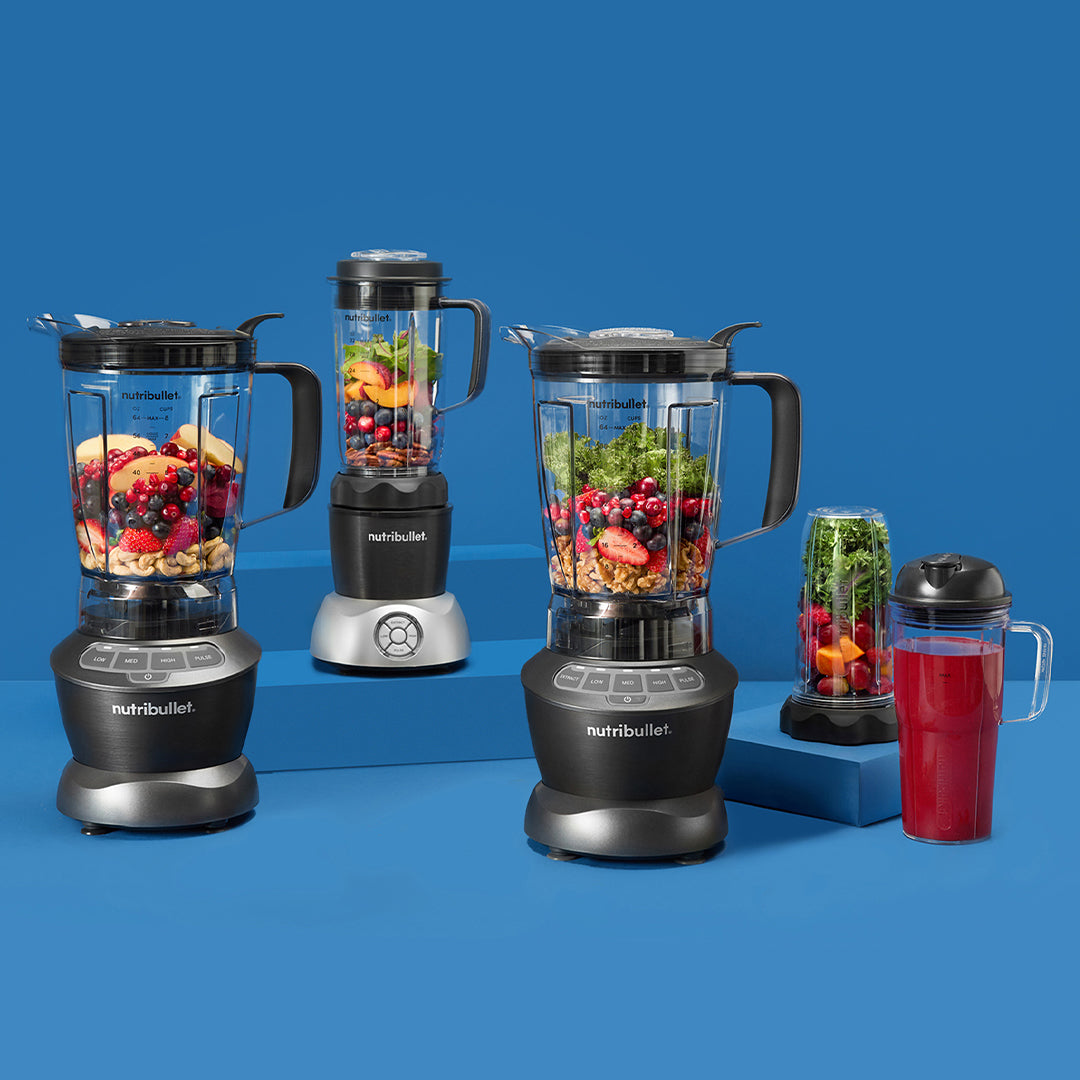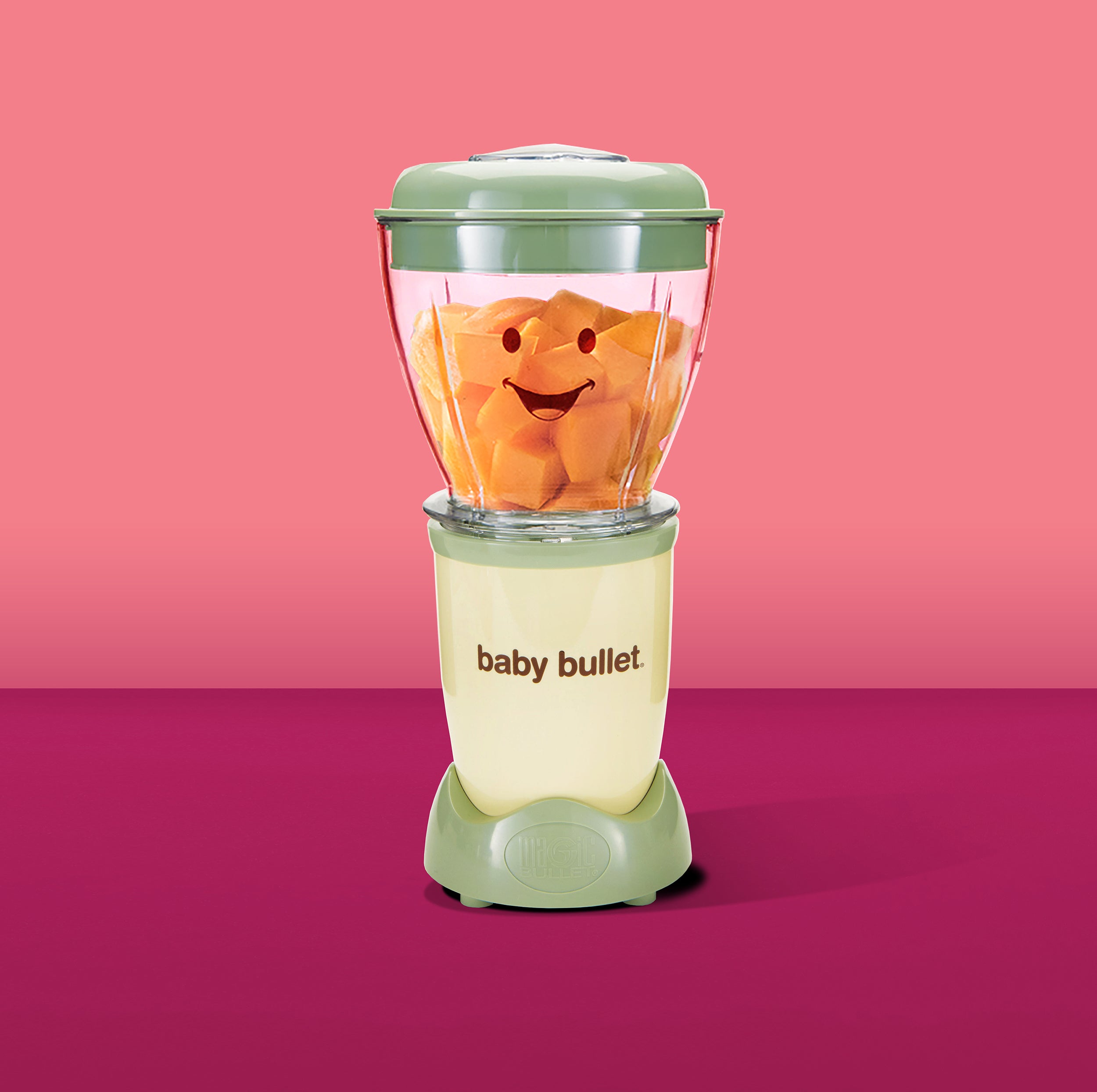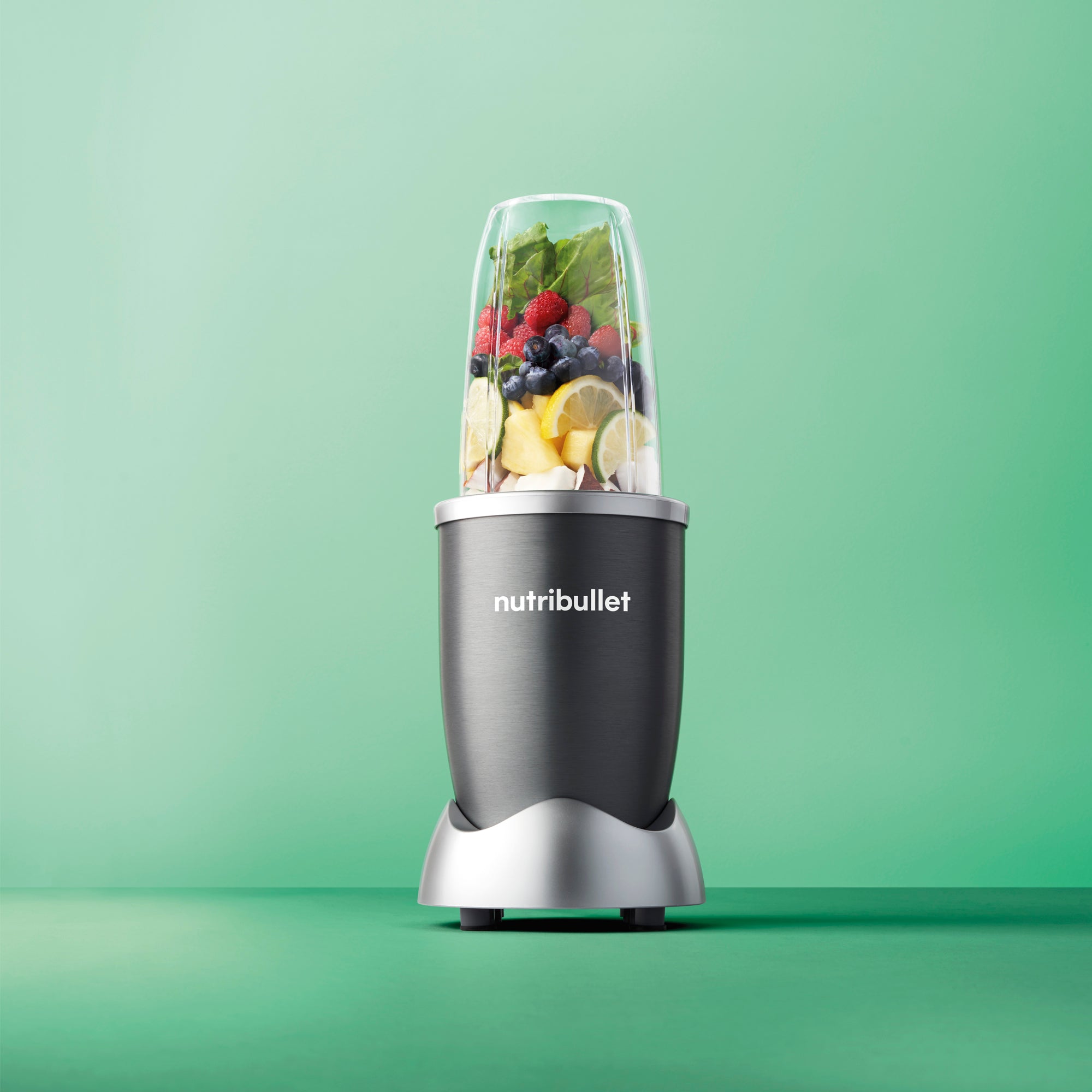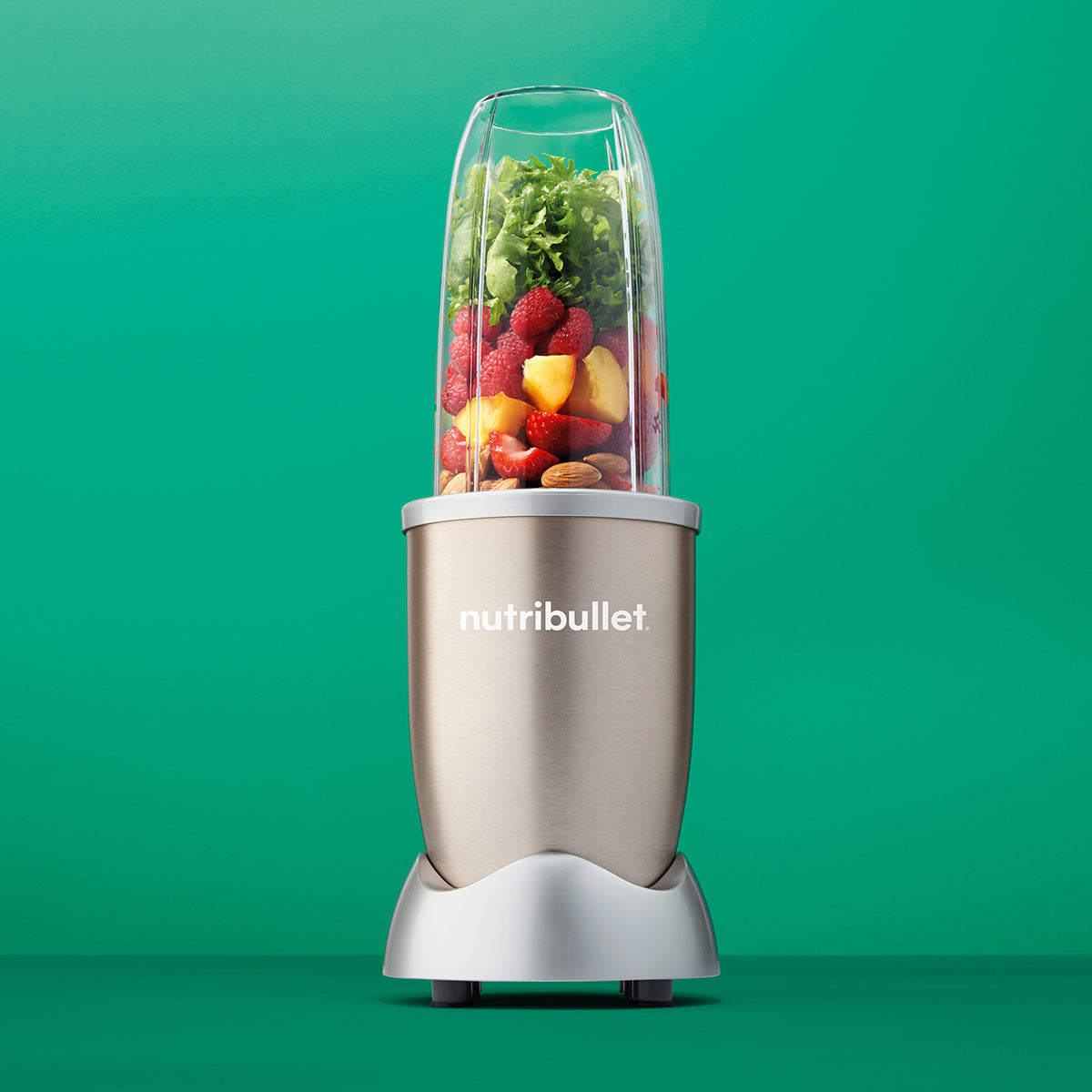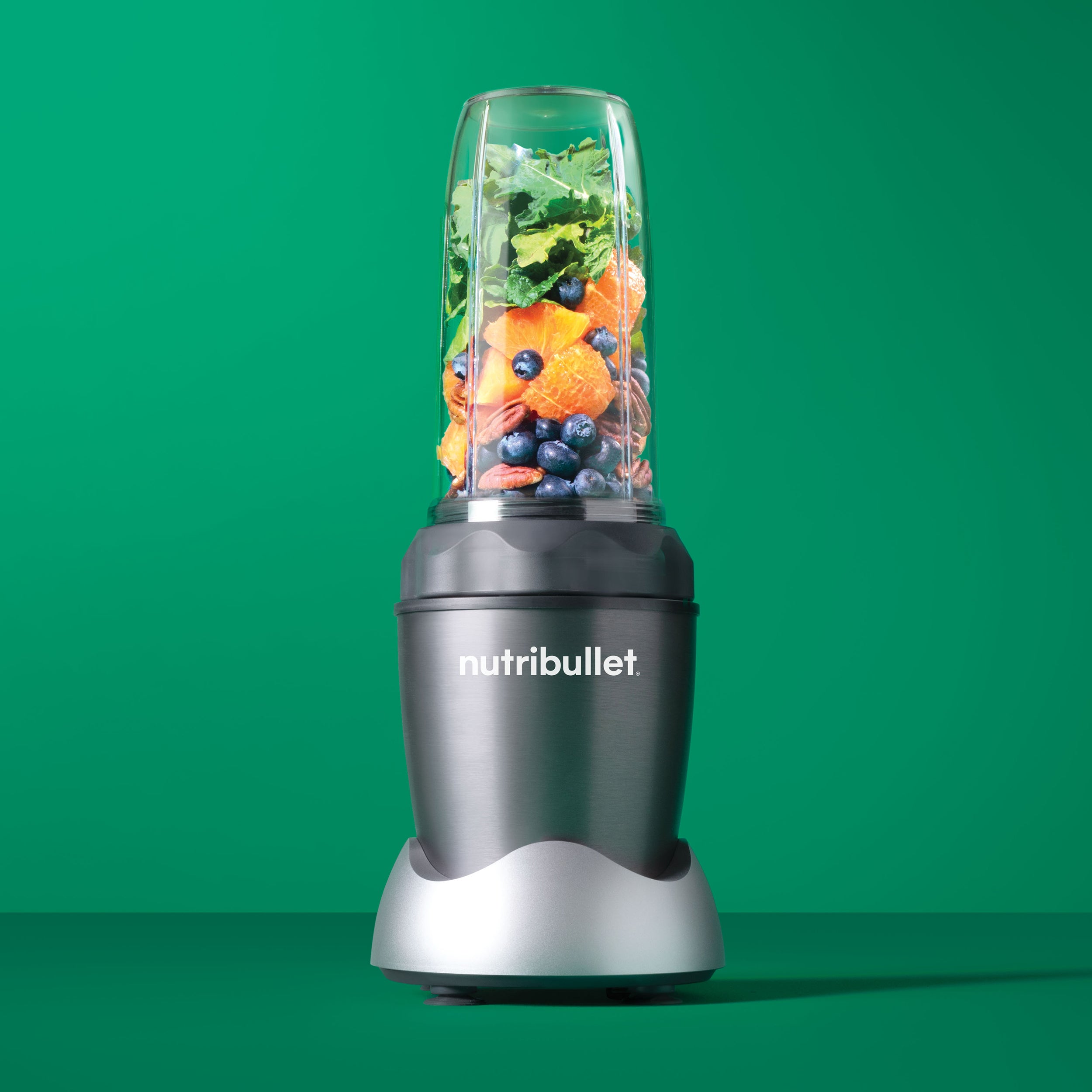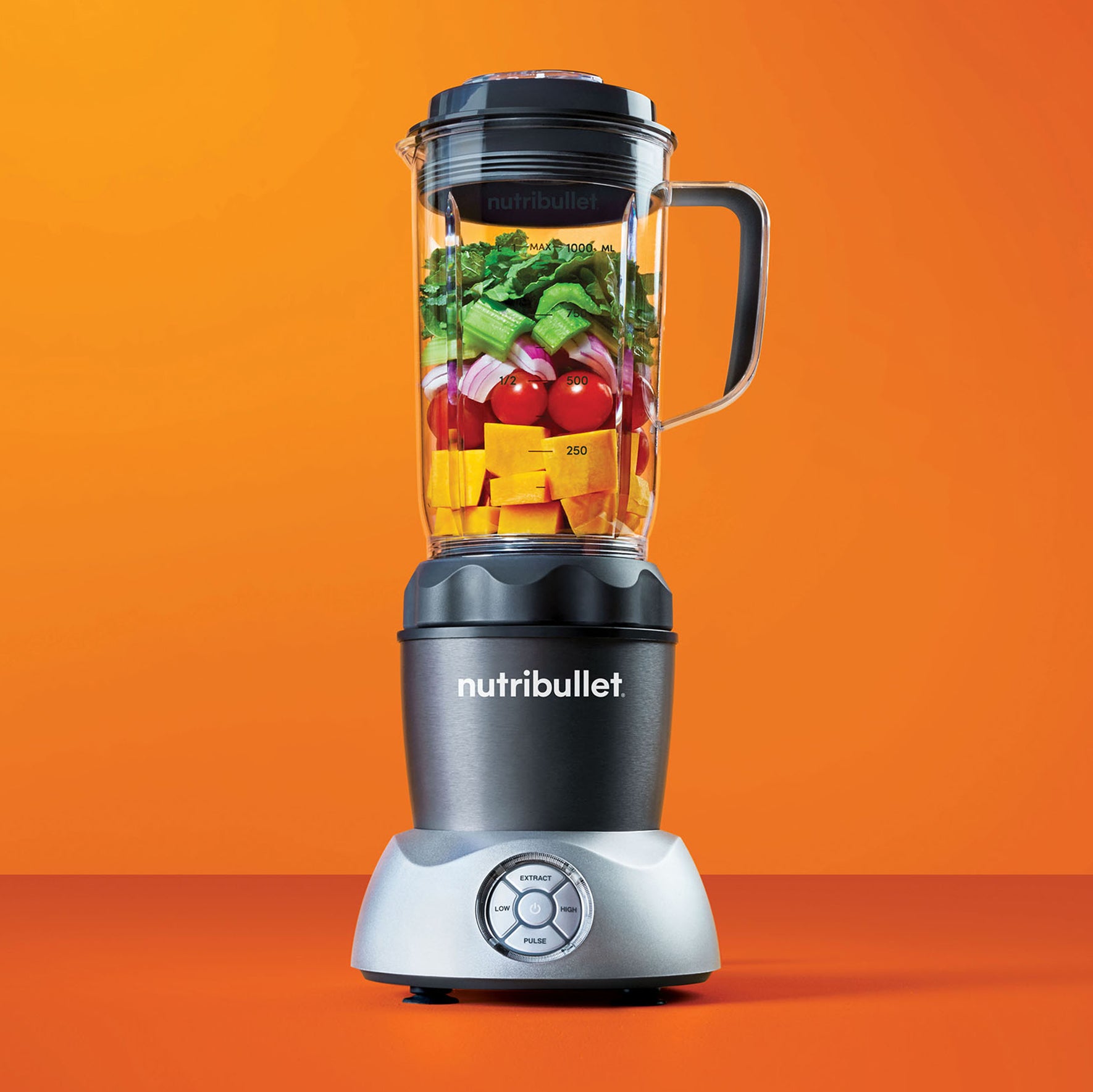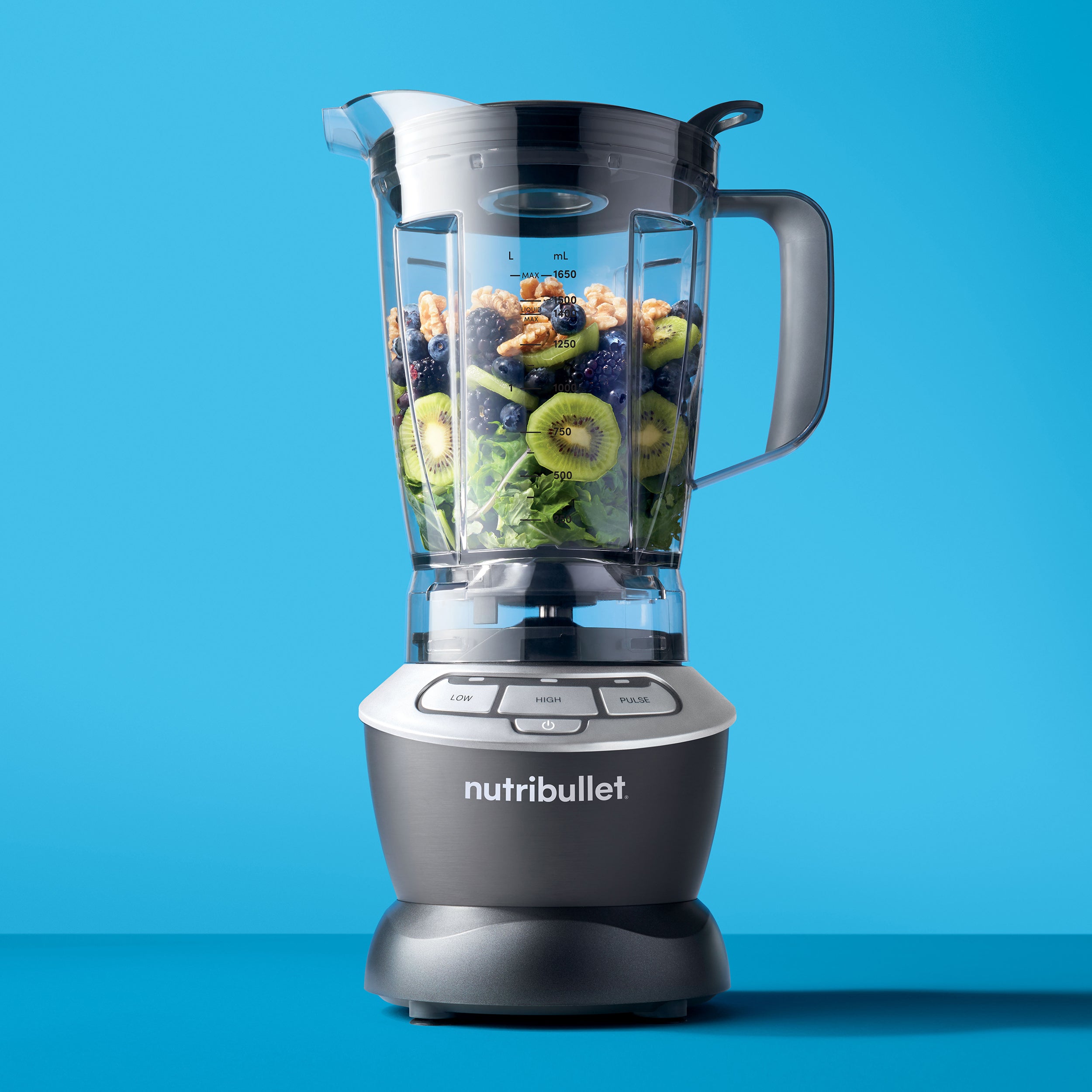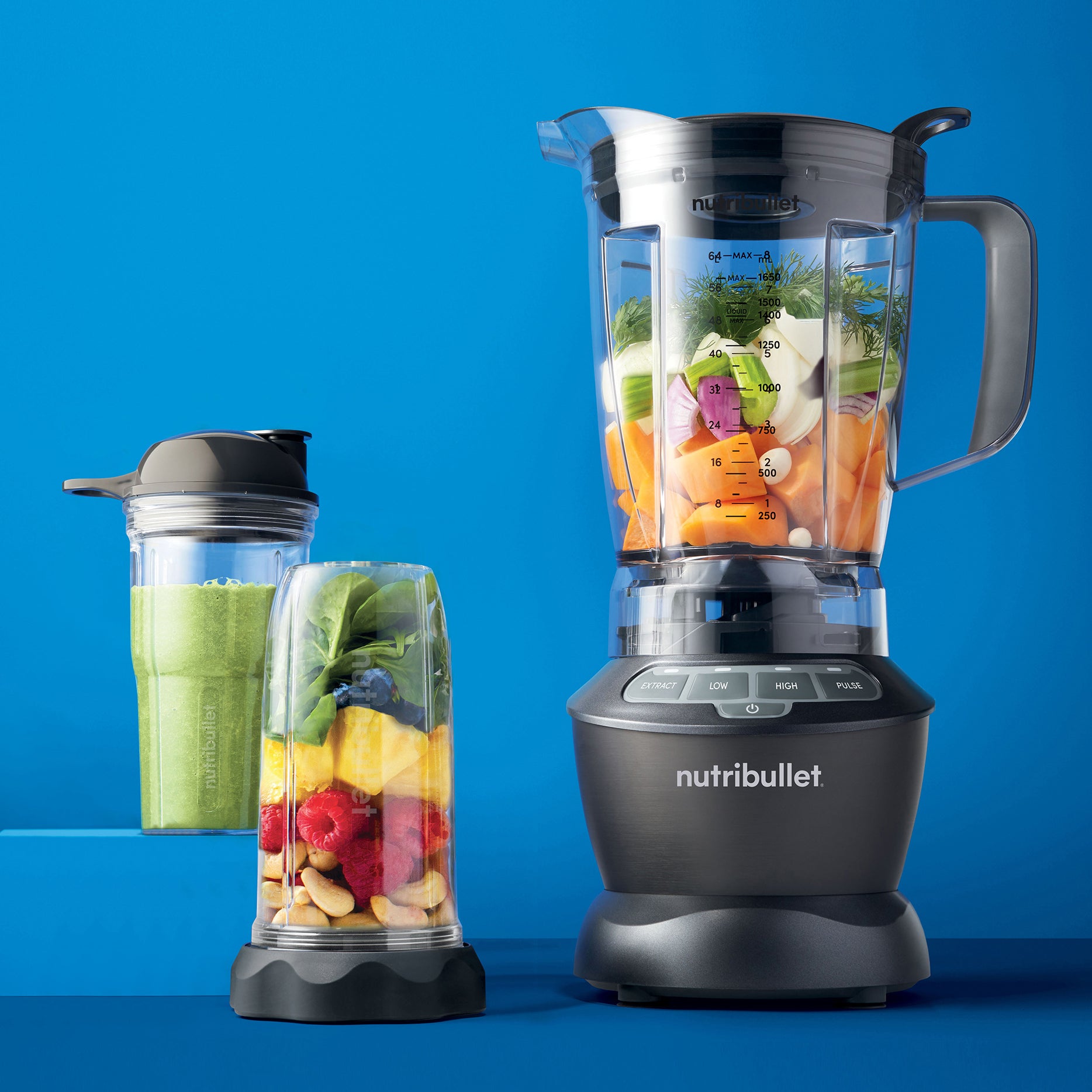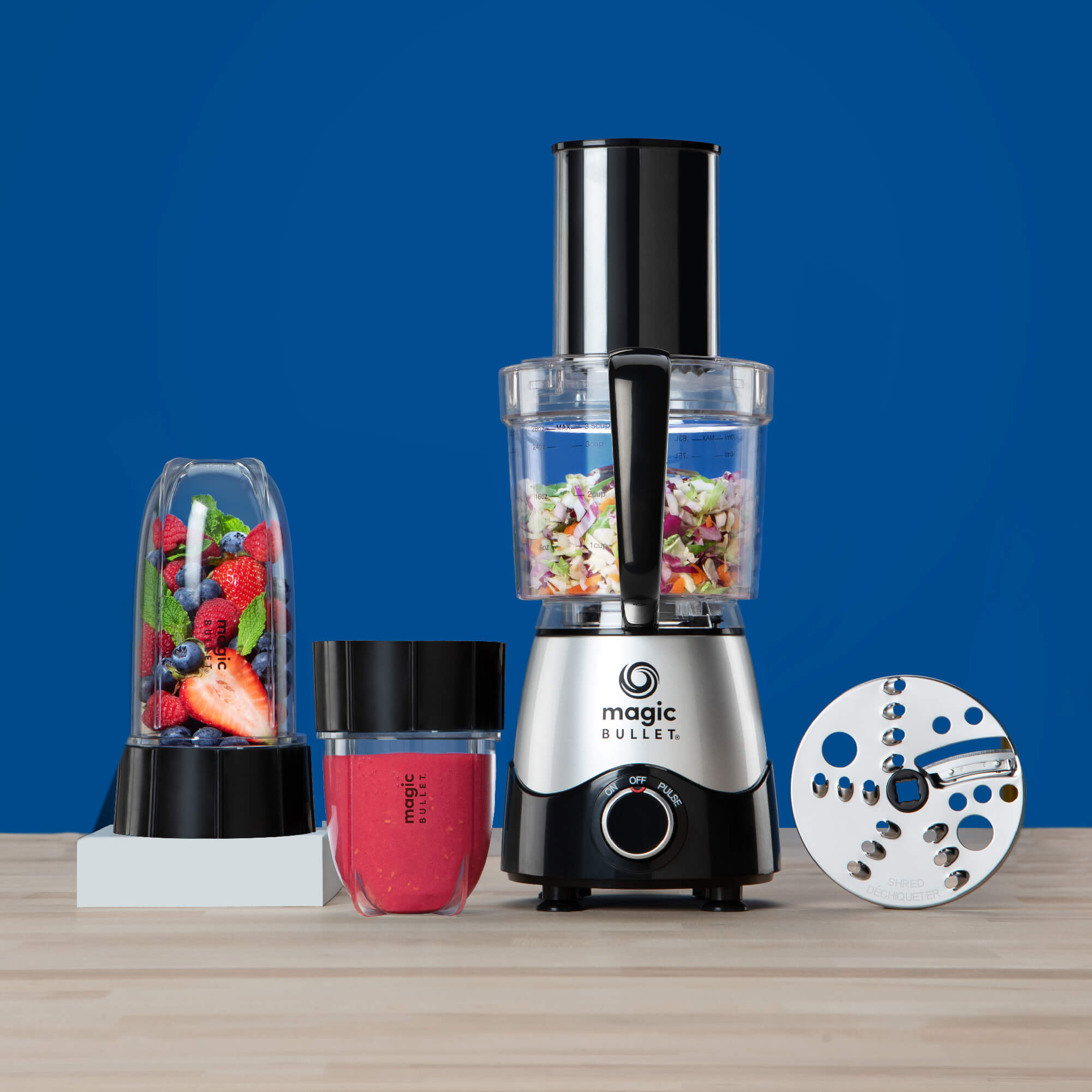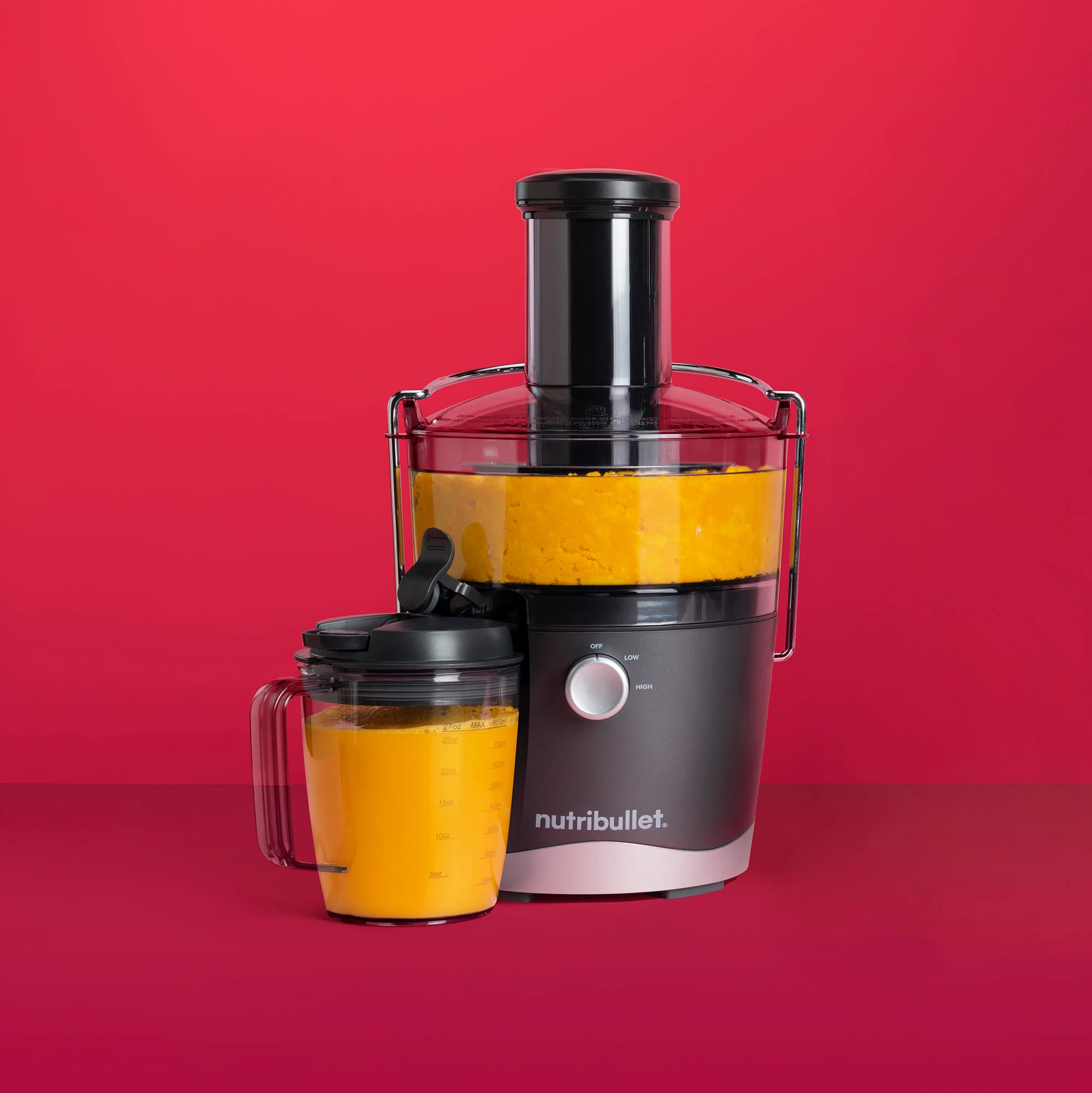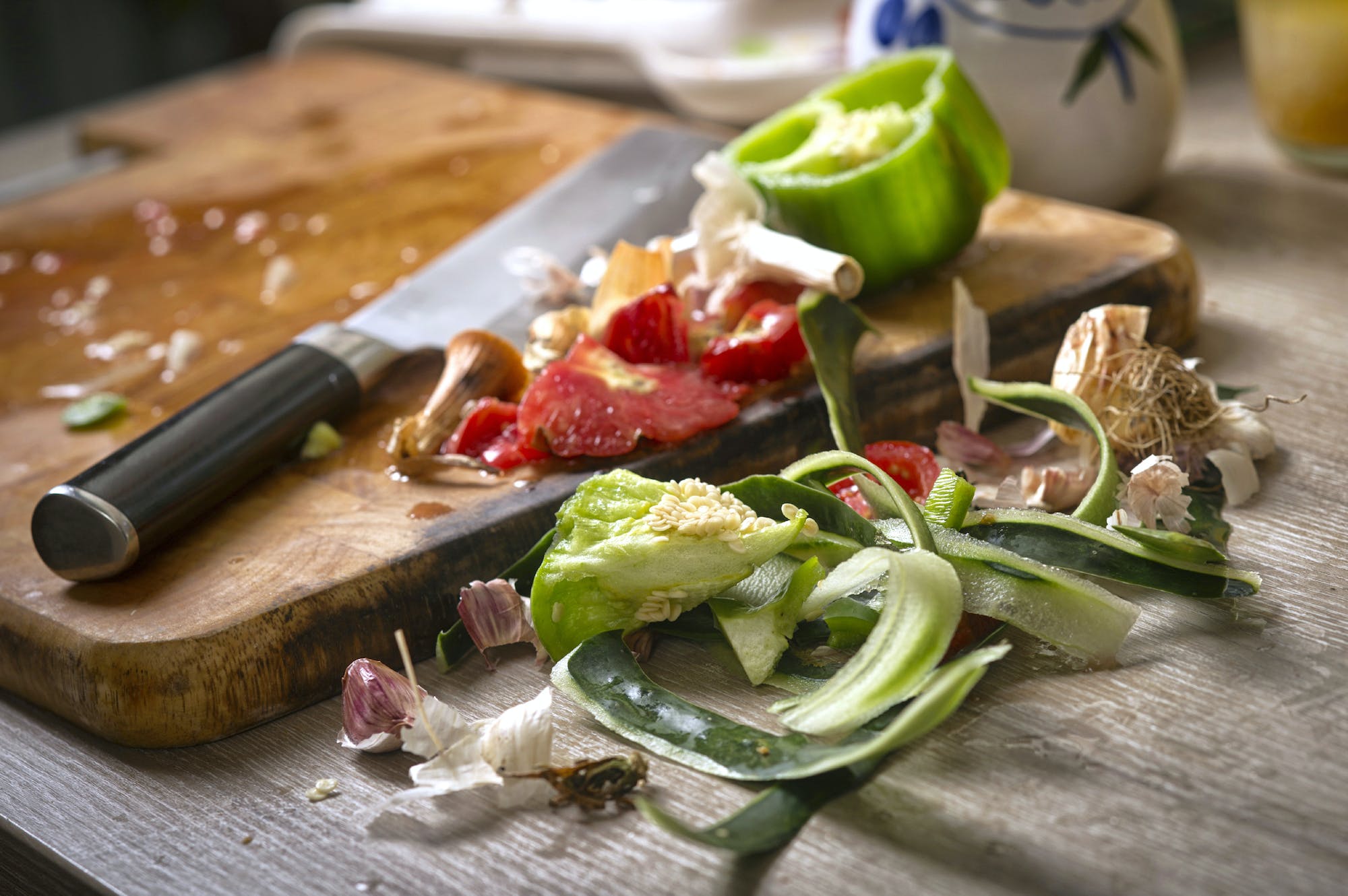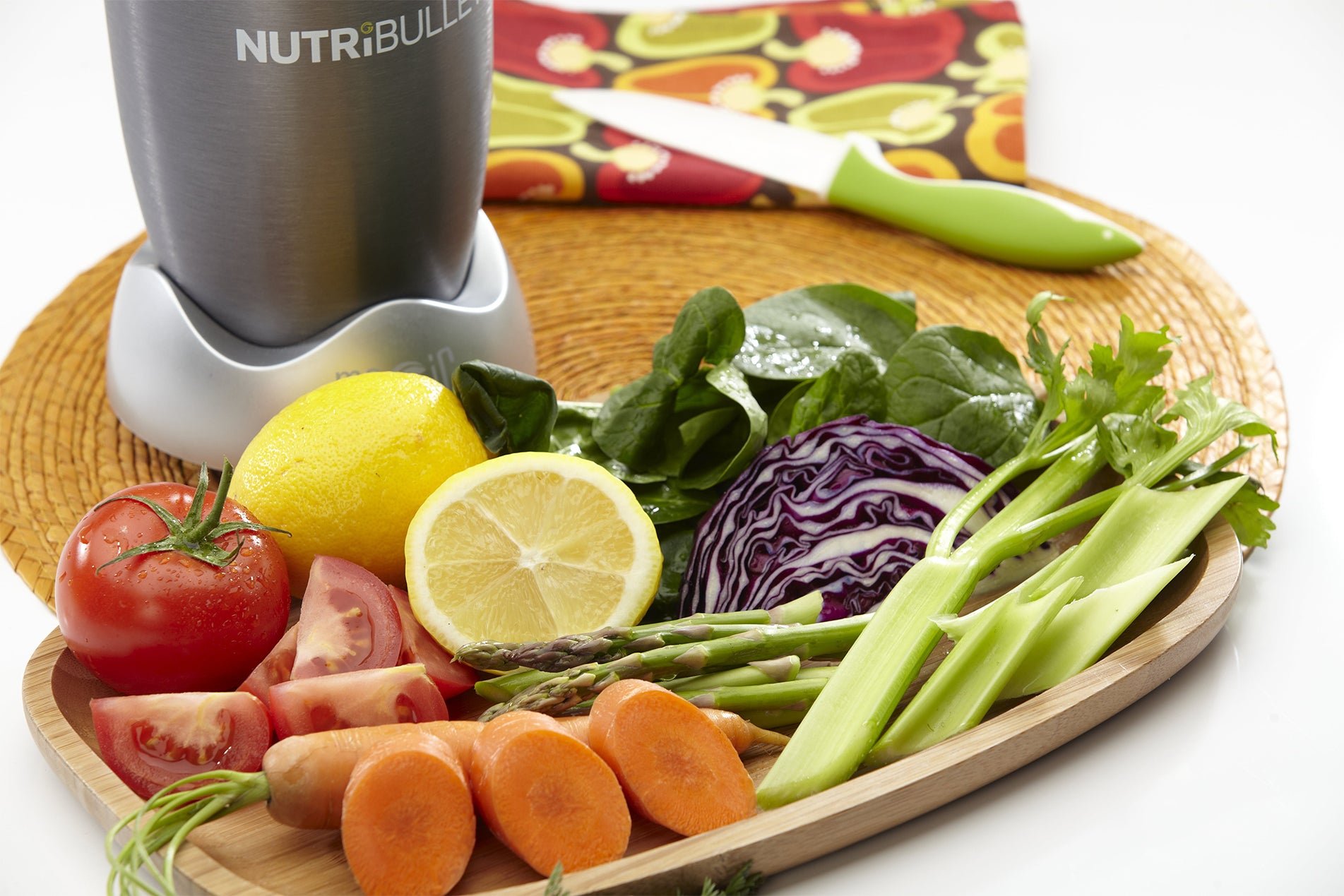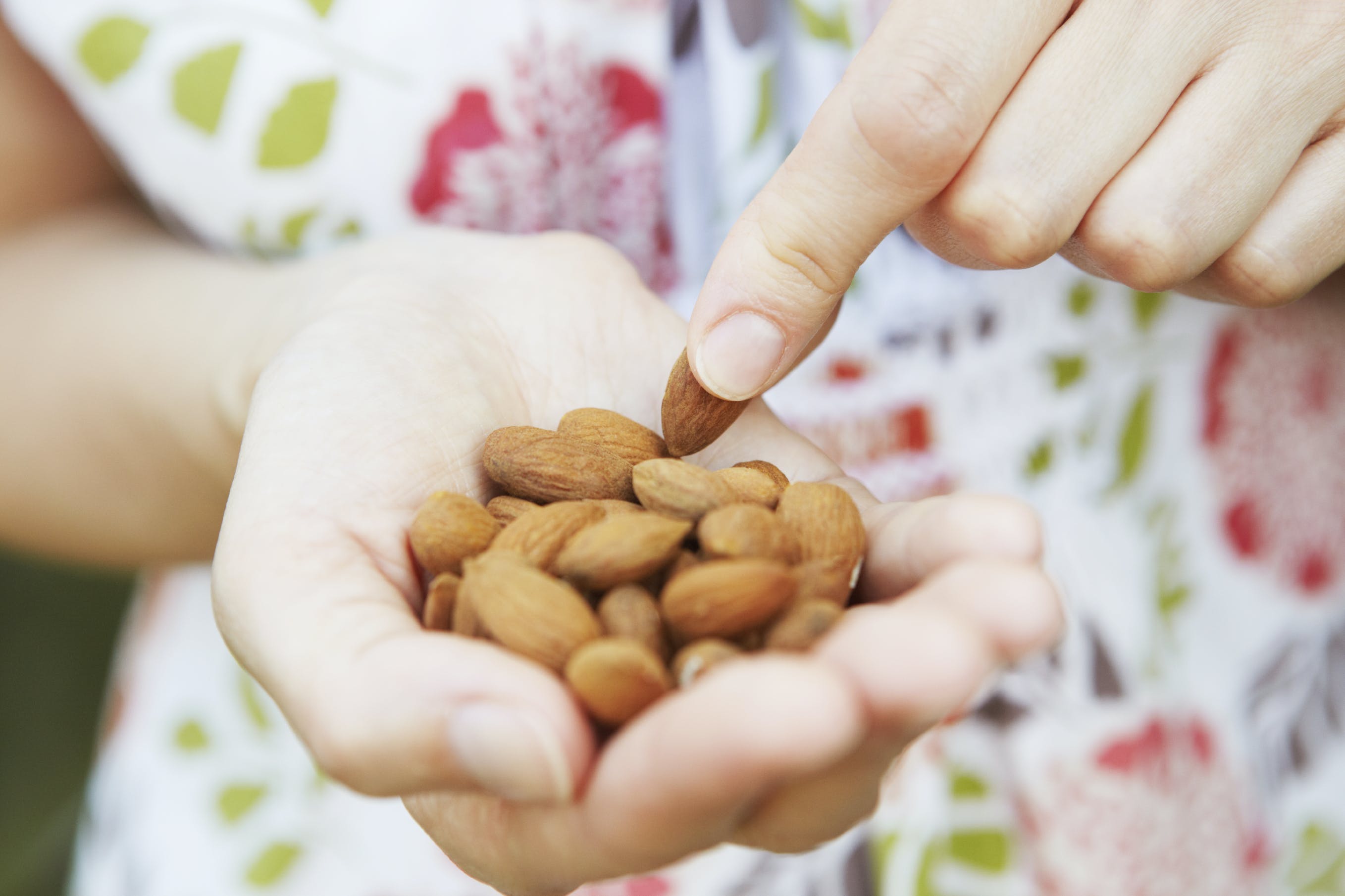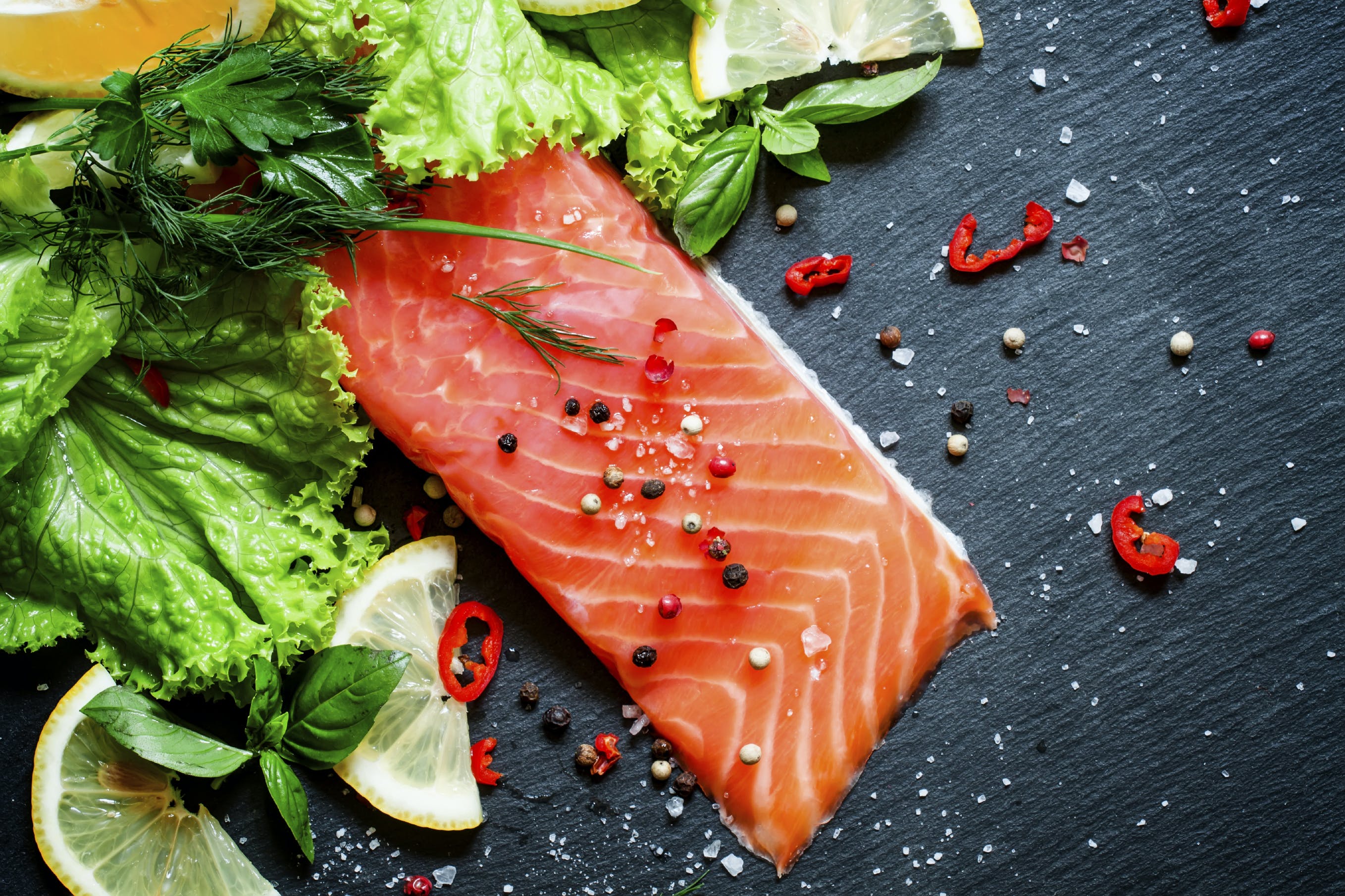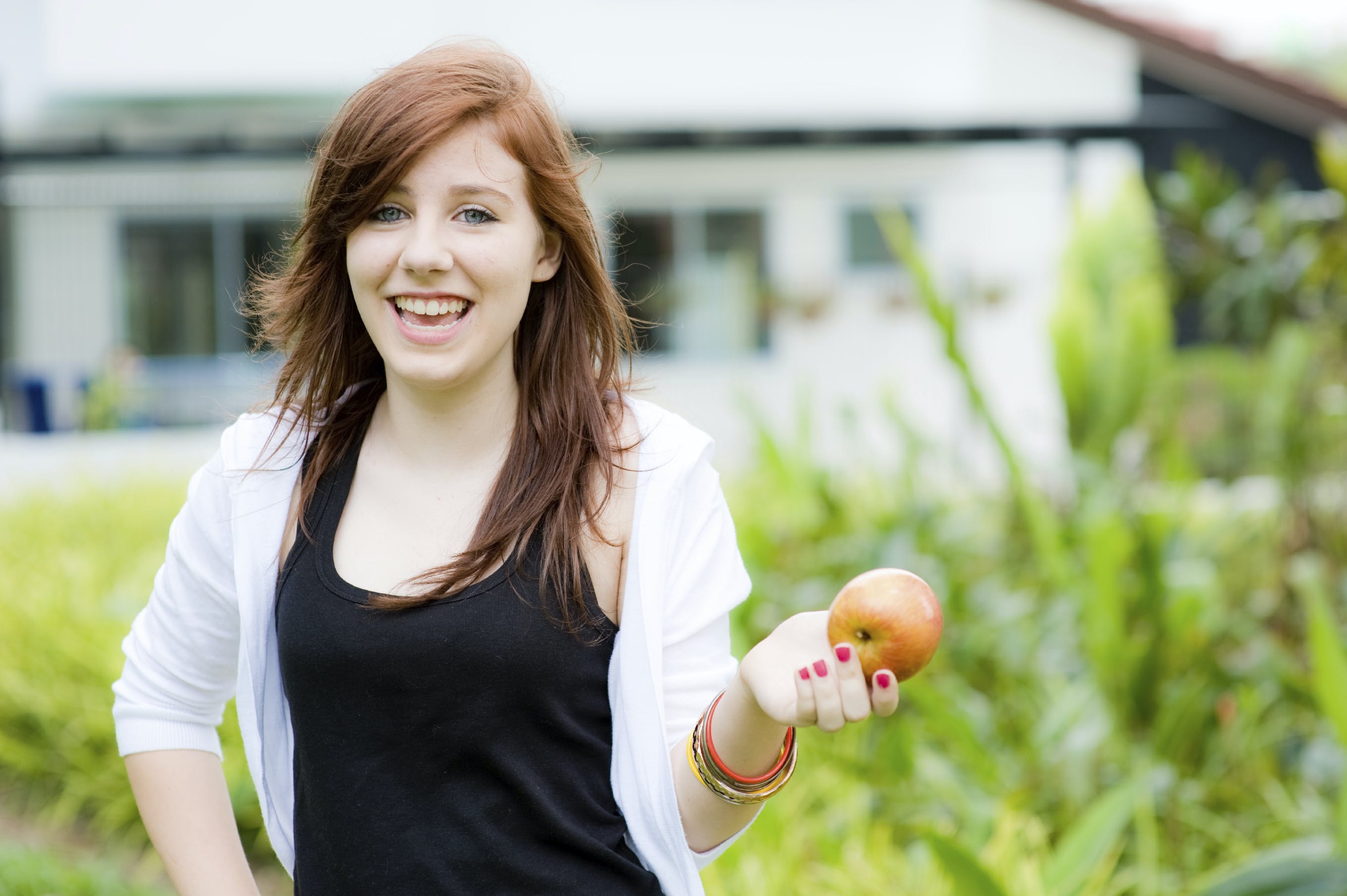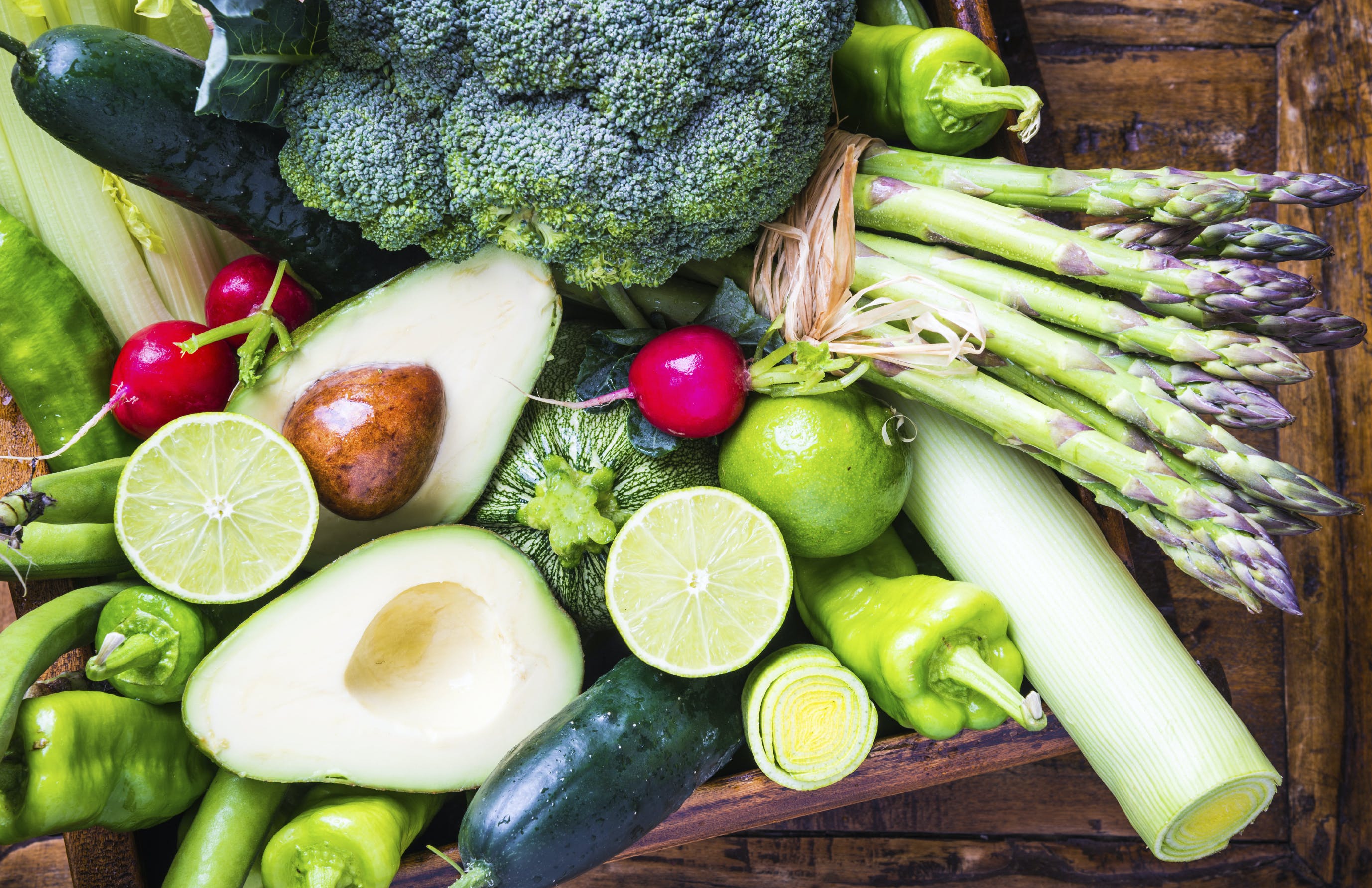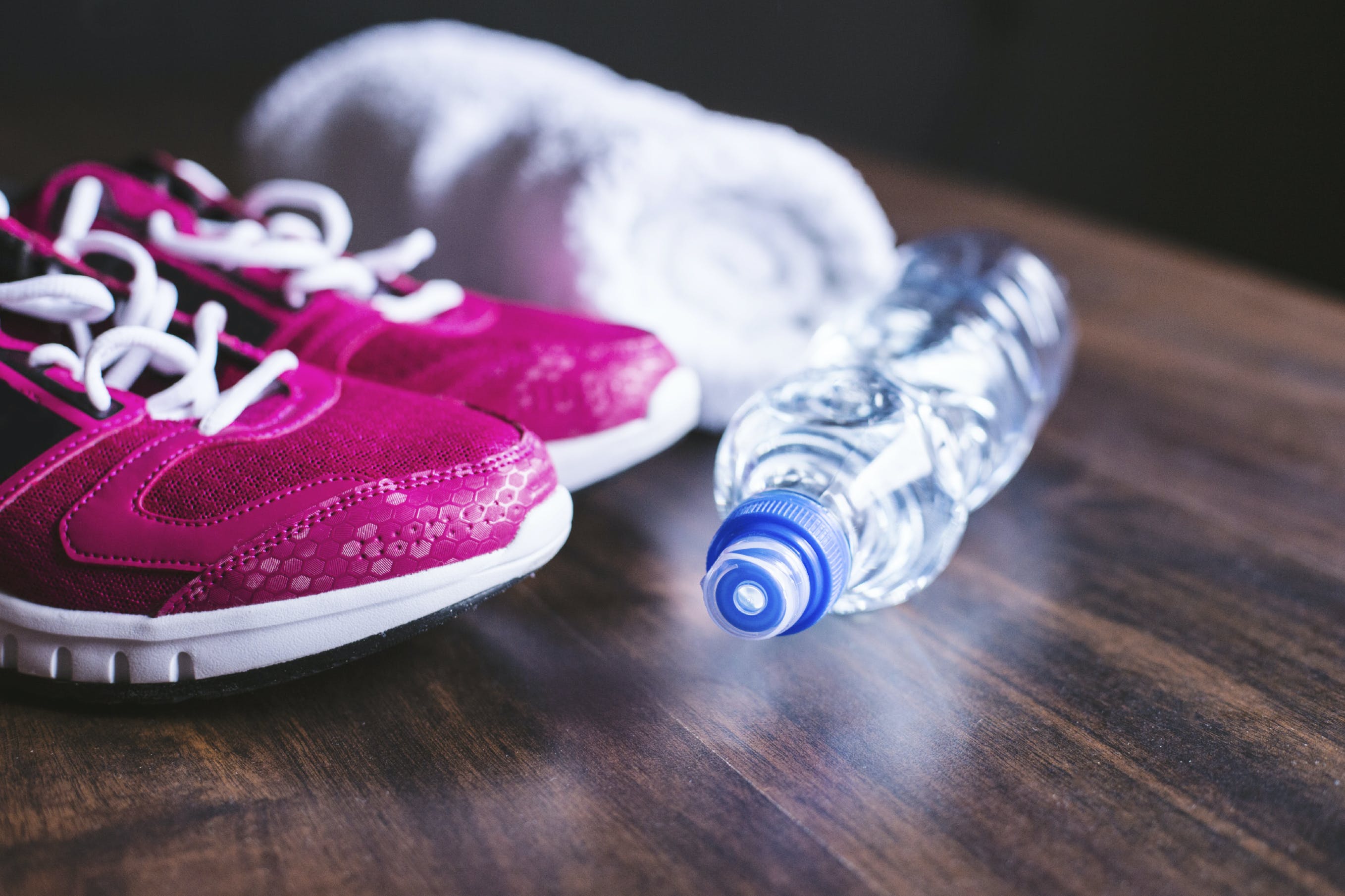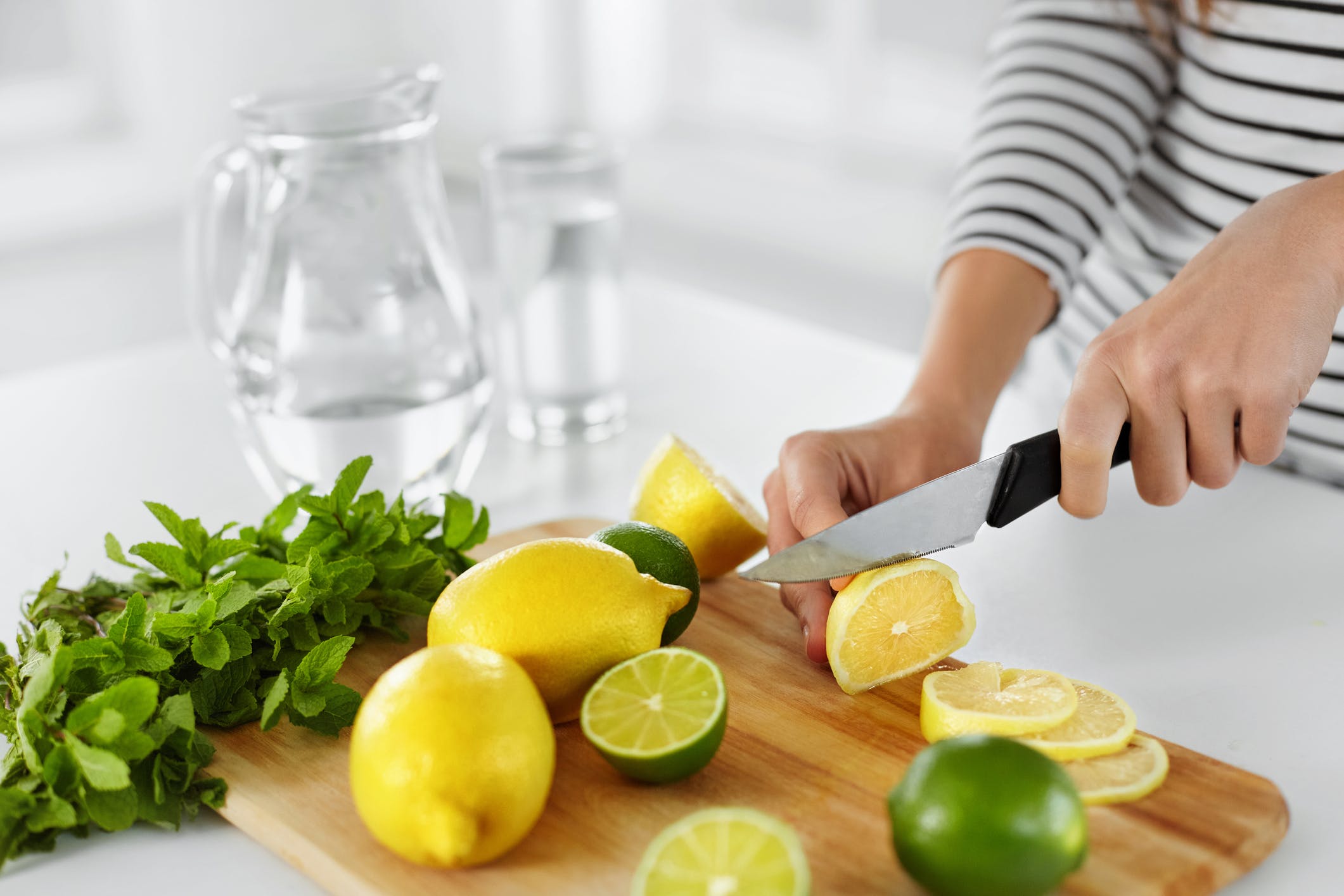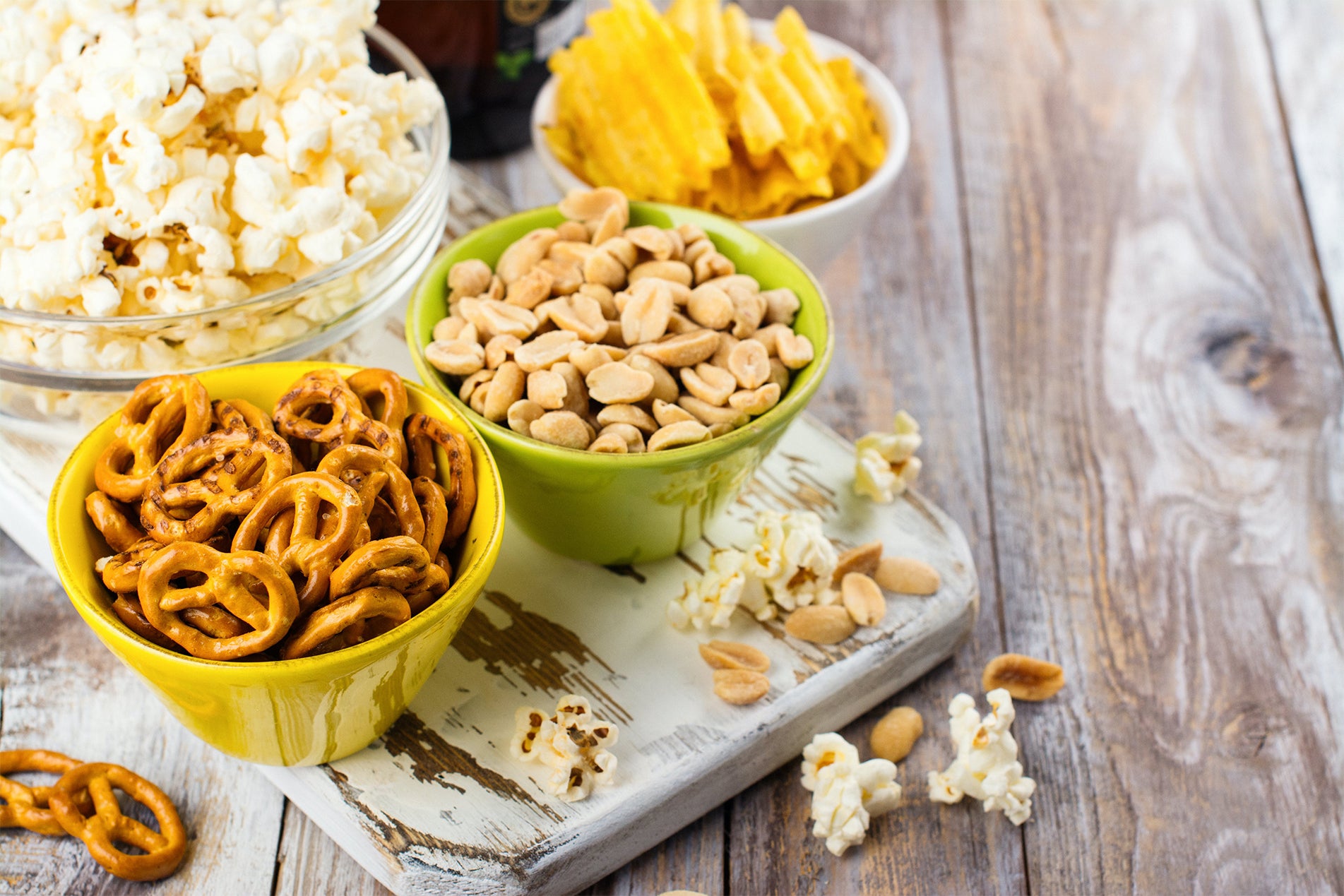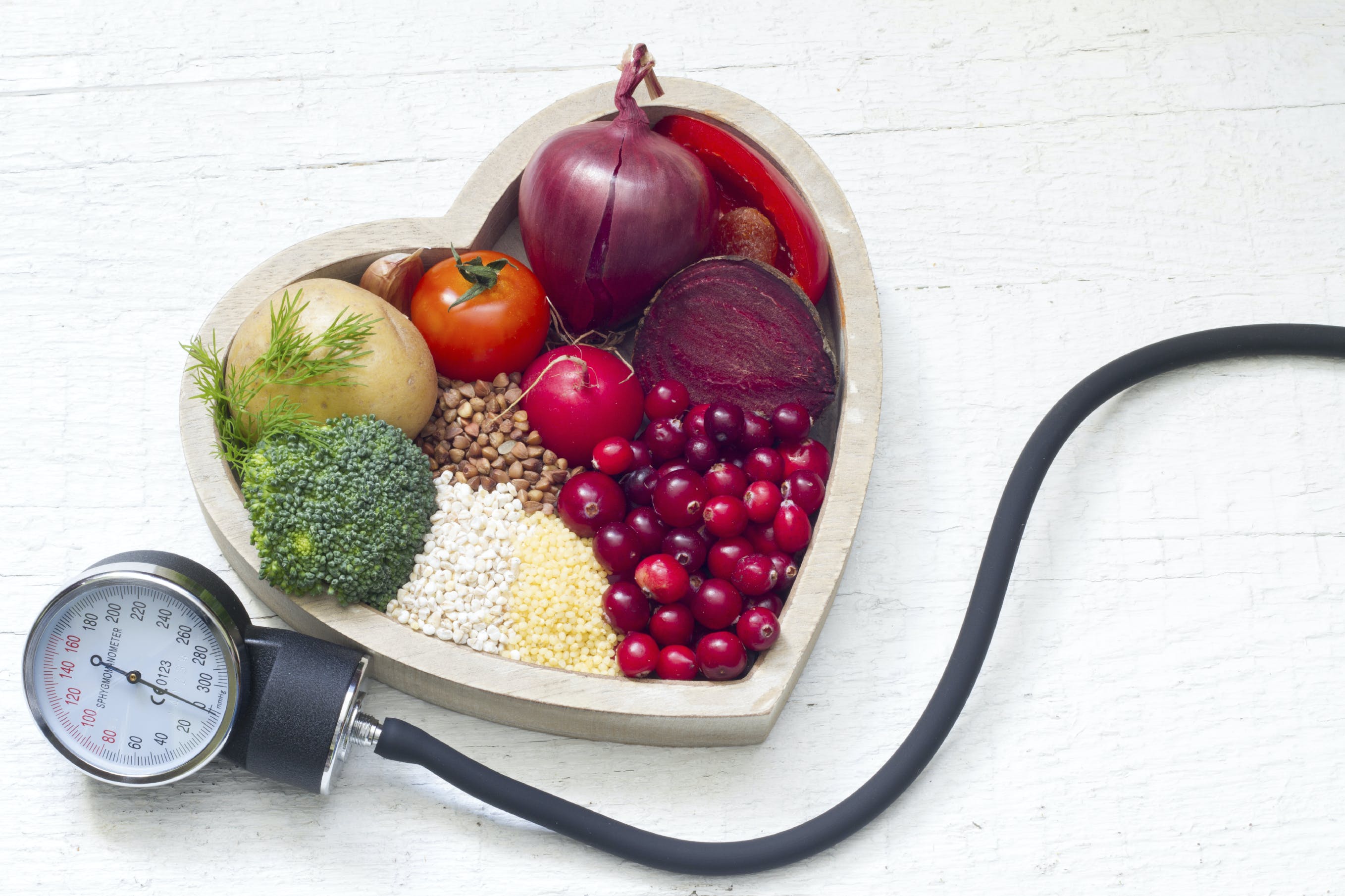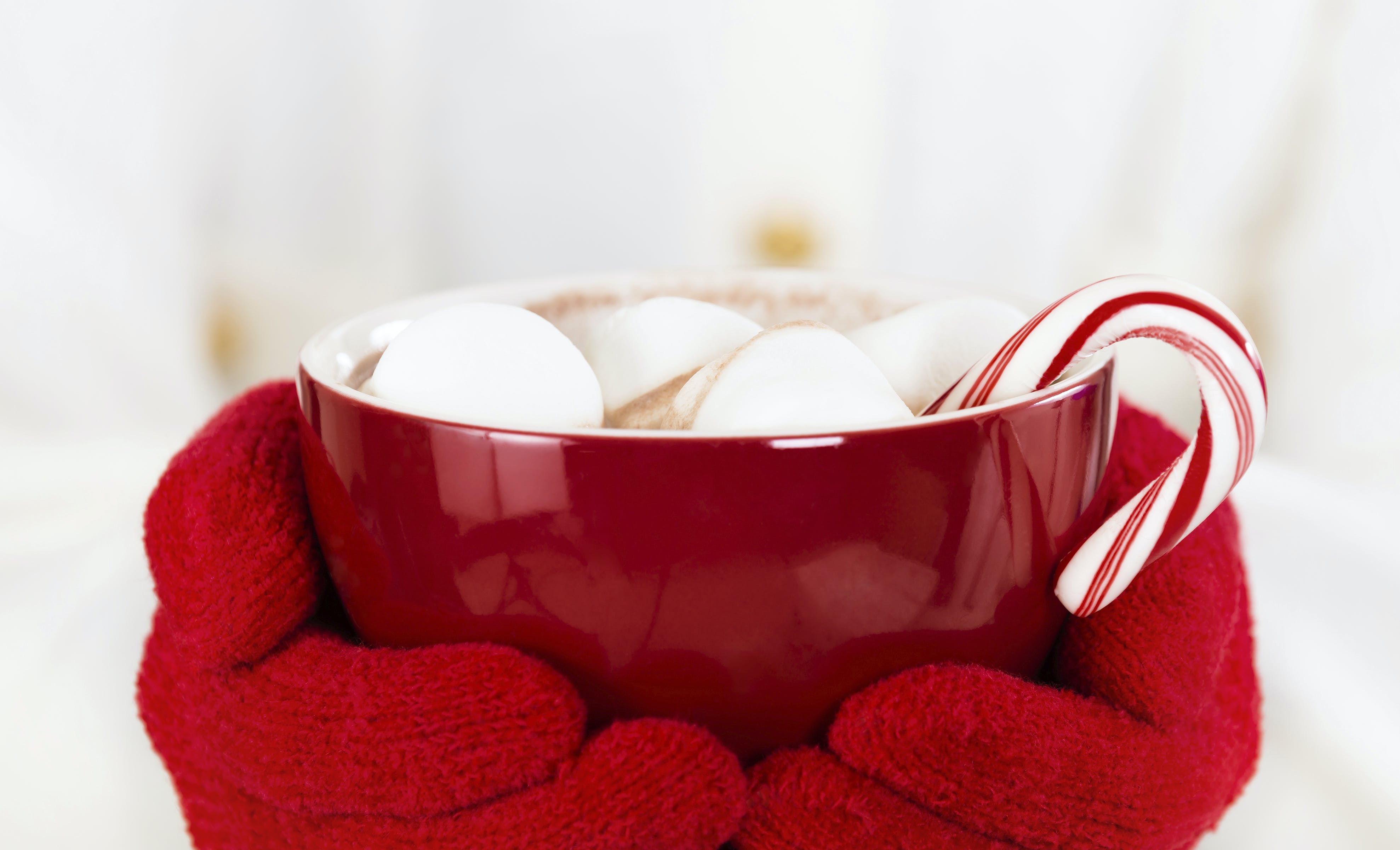The biggest contributor to our landfills comes from wasted foods. Only 3 percent of food is composted, a terribly low number when you realize we throw away over 1 billion tons of food each year. In the U.S., that equates to just shy of one third of all food purchased, worth over $48 billion.
Why throw away food when you can compost it? If you've every tried composting, you know it's a wonderful thing to do. It decreases methane gas production and keeps excess food out of landfills.
What is composting?
Composting is the process of treating all biodegradable, organic waste – things like food, food scraps, leaves, paper, feathers, grasses, and more – and turning it into a rich soil or fertilizer. This is done with the help of microorganisms that include bacteria, fungi, and worms. The end results is a quality soil you can use for gardening projects or for growing your own food at home.
Getting Started
Outdoor compost bins can be complex to build and sustain. They can take up a lot of space, they're not the most aesthetically pleasing, they often attract unwanted animal life, and, of course, we can't forget the smell. Skilled composters thrive through their use of outdoor compost bins, but for the average person, going that route can be a mess.
Cue kitchen composting! Kitchen composting was born as an altervative to messy outdoor composting, done at a smaller scale. It takes up less space and since it's easier to get to, more tends to get recycled. All you need is a large container and a place on your countertop or under your sink to place it.
Worm composting is the cleanest and neatest system to use. Worms pass the organic waste through their digestive systems, speeding the decomposition process and aerating the soil naturally. Purchase a ready-made kitchen composting kit and you can start right away. The worms eat away at each layer of composted material and speed up the composting process, leaving you with a dark, nutrient-rich soil for your garden or house plants. Don't have a garden? You can also drop off your compost at a local farmers' market or other compost drop-off site.
What you can compost:
- Vegetable and fruit peelings
- Tea leaves and ground coffee
- Crushed egg shells
- Paper, newspaper, and paper towels
- Leaves from non-coniferous trees and shrubs
- Vacuum dust
- Wood ash
- Avoid meat, cooked food, diapers, magazine print, and coal ash
Tips to stop the stink:
- Keep your compost at room temperature or in the fridge with a lid on.
- Temporarily stop adding moist food scraps and add only dry matter, such as newspaper.
- Add some calcium carbonate or ground egg shells and cut back on citrus scraps to reduce acidity.
- If you don't use it for your own garden, switch it out periodically, dropping off the soil at your local compost drop-off site.
Composting is going to become commonplace as we try to avoid overfilling landfills and work to make the planet greener and more sustainable. I encourage you to try and it and see if it's for you!
Nutritional information
Recipe: Creamy Green Strawberry Dream Serving in this recipe:1
- Calories: 236.6
- Total Fat: 3.6 g 5.5%
- Saturated Fat: 0.4 g 1.9%
- Cholesterol: 0 mg 0%
- Sodium: 358.7 mg 14.9%
- Total Carbs: 45.7 g 15.2%
- Dietary Fiber: 9.9 g 39.4%
- Sugar: 22.1 g
- Protein: 8.1 g 16.2%
- Vitamin A: 481.9% Vitamin C: 244.1%
- Calcium: 68.5% Iron: 26.1%
* Percent Daily Values are based on a 2,000 calorie diet. Your daily values may be higher or lower depending on your calorie needs.

